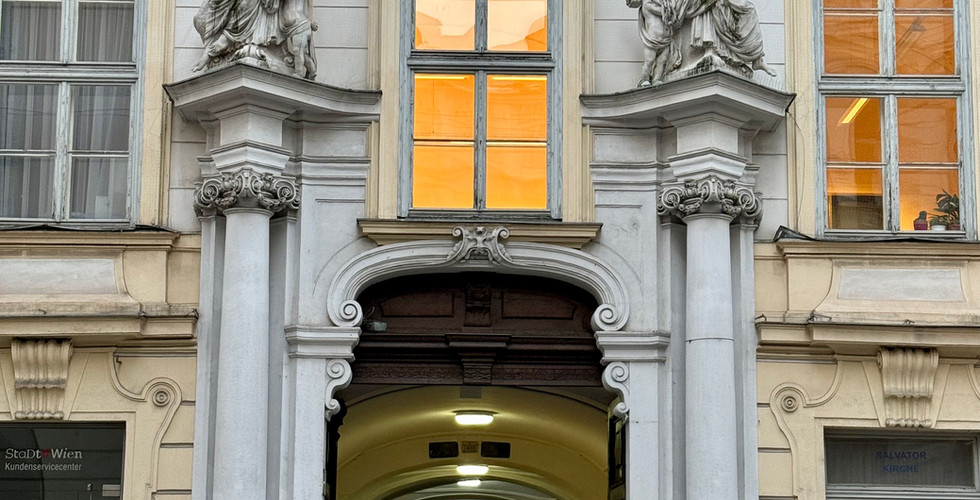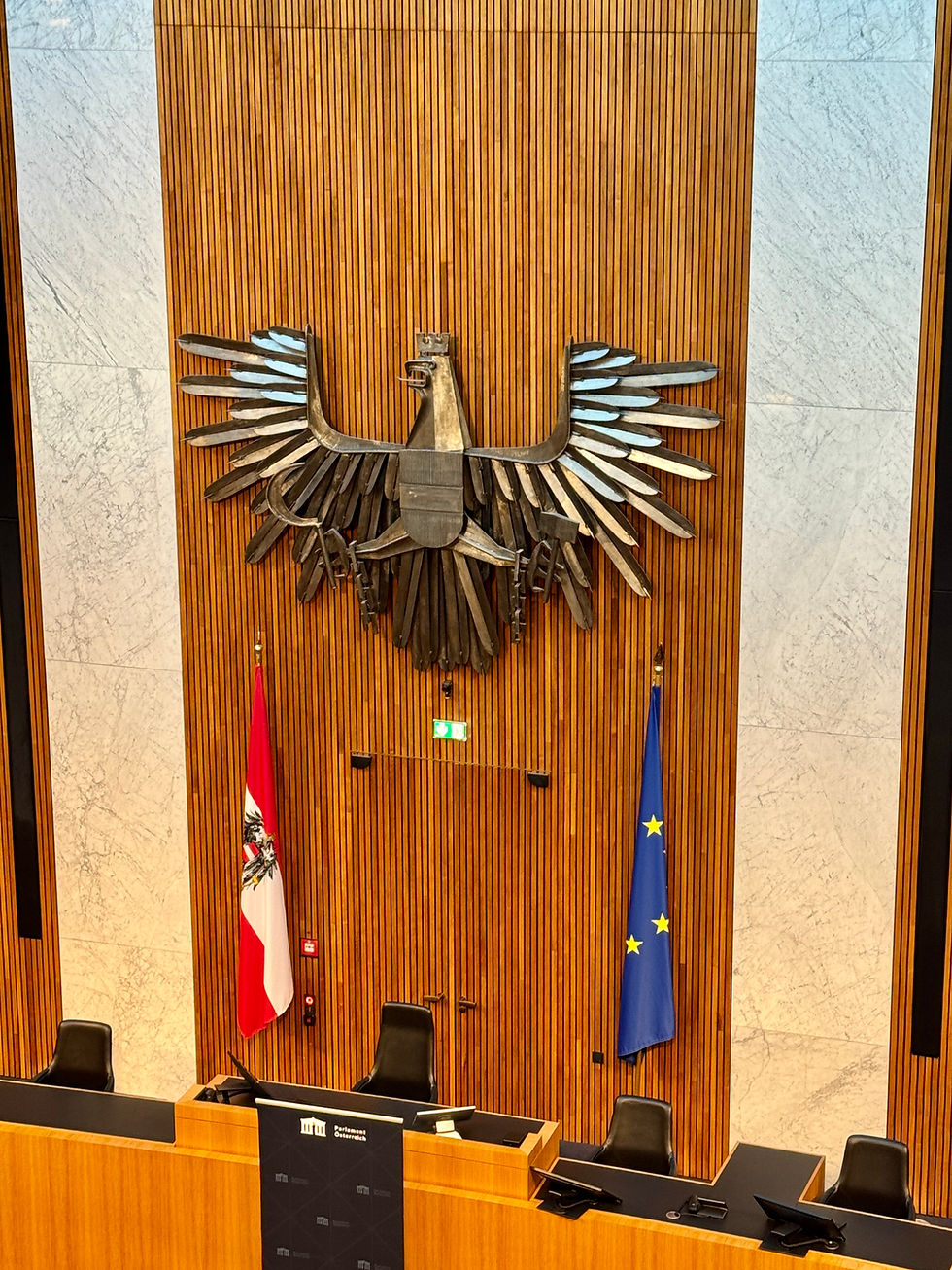Altes Rathaus - a Beauty with Sad Memories in Vienna
- Mika Vepsalainen
- Dec 8, 2023
- 2 min read
The current exterior of the Old Council House, Altes Rathaus in Vienna's 1st Bezirk is from the pen of von Erlach. The entrance gate goes back to 1700 and the courtyard has a beautiful Andromeda Fountain from 1714. The back of the courtyard belongs to the 14th century Gothic Sankt Salvator church.

The building has belonged to the city since 1316 when Frederick the Fair gave it to the city council. The core of the building was located on today's Salvatorgasse but it was gradually expanded to include adjacent houses on Salvatorgasse and Wipplingerstrasse.
The building has seen quite a bit of fancy history: Franz III Nádasdy was executed in the courtyard on 30 April 1671 in the wake of the Magnate conspiracy; in 1796 the Wiener Stadtbank was established here and during the March Revolution in 1848 The People’s Security Committee took the building over - oh these Austrians! Up to 20 June 1885, the City Council sat in Altes Rathaus and today, there are the municipal offices for the 1st and 8th Bezirke as well as the the inner city's local history museum (Bezirksmuseum Innere Stadt) and the Documentation Centre of the Austrian Resistance - the goal of our visit today.
You go to the showroom from the large central courtyard next to the Andromeda Fountain in the former Gothic Bürgerstube. From the small inner courtyard on the right you can see the Salvatorkirche.
The Documentation Centre of Austrian Resistance (DÖW) was founded in 1963 by former members of the Austrian Resistance, victims of the Nazi persecution, and a number of scholars led by the initiator and the first scientific director Herbert Steiner, who had returned from exile in Great Britain. From the very beginning the centre has encompassed all forms of orientation with Communist, Socialist, Catholic-Conservative associations for the victims of Fascism, the Catholic Church, the Jewish community, representatives of the Roma and Sinti, and all sorts of politicians on its executive board.
Vienna and Austria have done quite a bit of work on dealing with their Nazi past since the 1980's and the scandal of Kurt Waldheim at the top of the UN. The DÖW Foundation was established in 1983, supported by the Federal Government, the City of Vienna, and the DÖW Society. Over the years the centre has developed into an authoritative institution with a broad range of topics related to resistance and persecution; exile, Nazi crimes including the Holocaust and criminal medical policies; the Nazi justice system and the post-war policies for the prosecution of Nazi criminals and right-wing extremism since 1945.
The inner side of the museum has been completely renovated and is fully accessible. There are excellent clean loos just behind the service counter. There is no actual museum shop but you can buy a whole bunch of some serious reading at the counter - good gifts for the history students in the family!
There is no museum café but you could hardly be more centrally located in Vienna - just step outside and sit down to swallow the terrible histories of atrocities told and shown in the museum in any of the cafés and restaurants around.
Dokumentationsarchive des österreichischen Widerstandes
Wipplingerstraße 6-8, 1010 Wien






























Comments